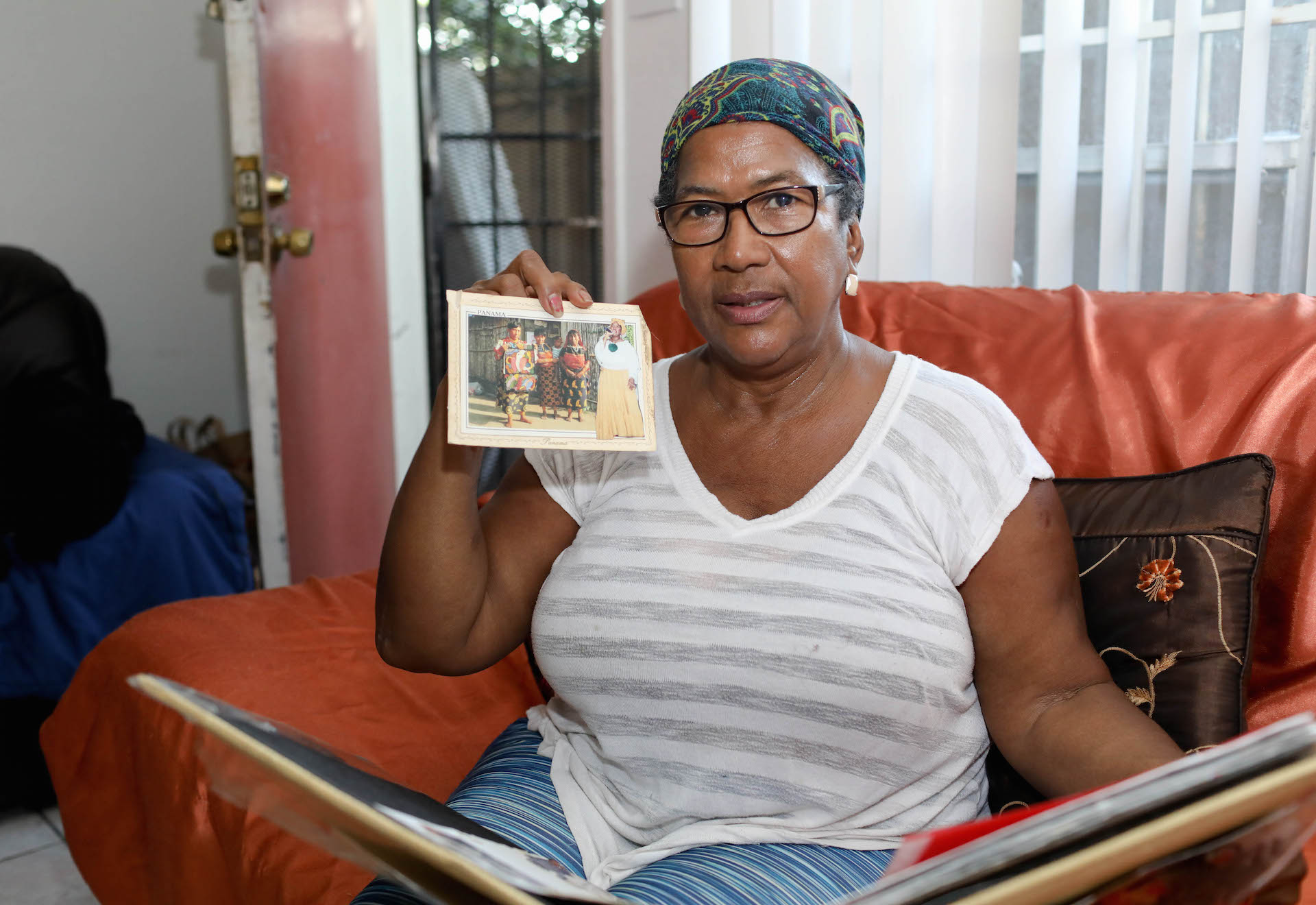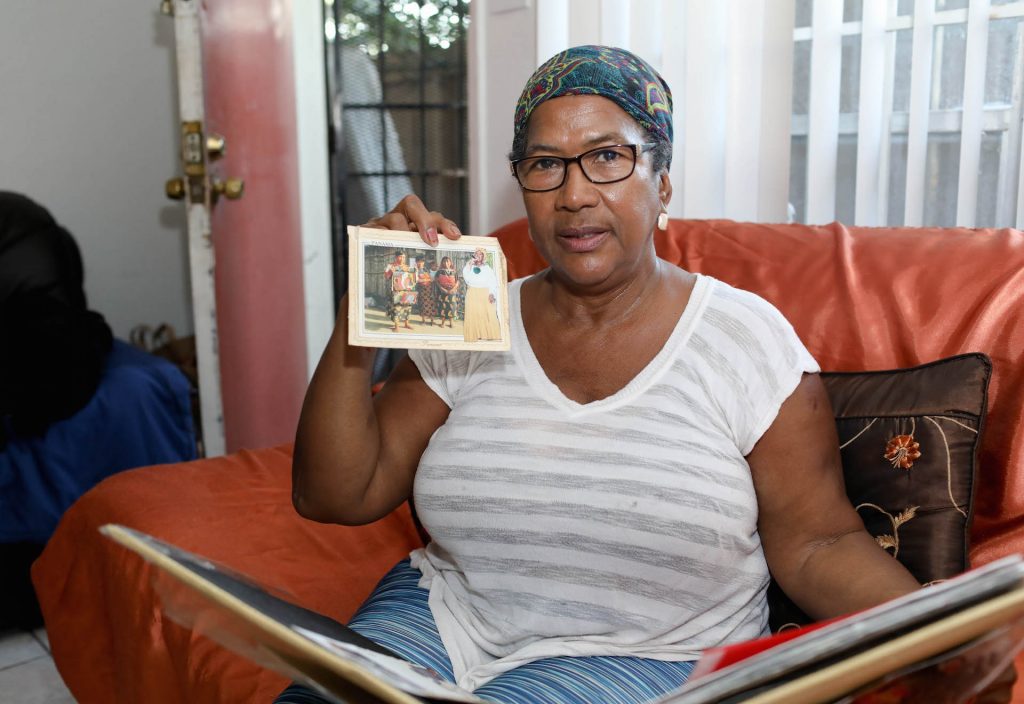From food to culture, the presence of Mexicans and Mexican Americans is strongly felt throughout Texas. That’s because out of the approximate 10 million Latinos living in the Lone Star State, those of Mexican origin account for approximately 87 percent of the population. And though their contributions should not go unnoticed, focusing solely on this demographic means that other Latino groups, particularly the growing Central American population, often go underrepresented. Experiencing this erasure firsthand, Salvadoran-American photographer Jessica Alvarenga decided to turn her camera on her diverse community to show how they too form an essential part of Texas’ identity. The project, titled Witness the Isthmus: Central Americans in Houston, is a series of documentary photos and oral narratives.
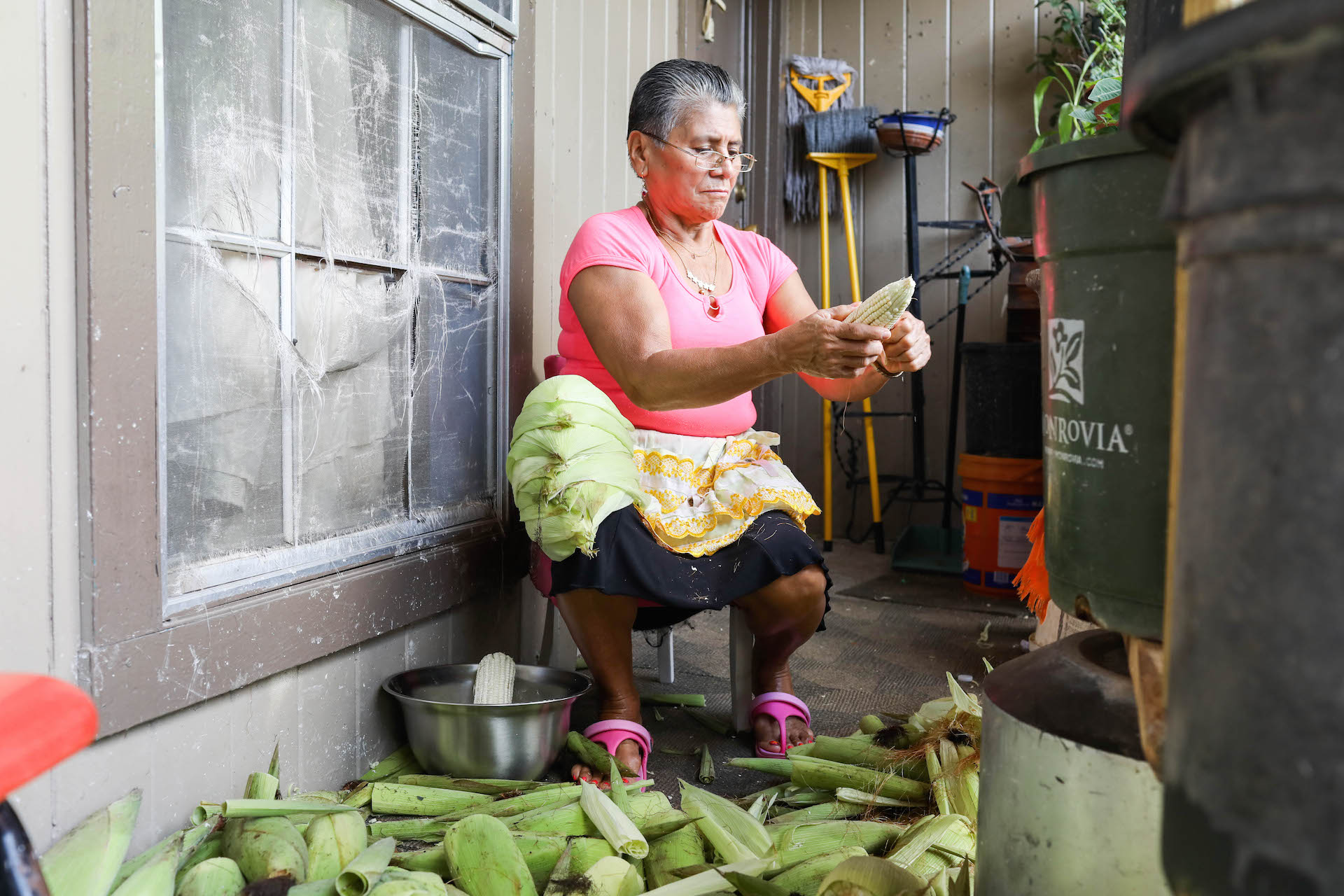
“With this project, I’m hoping to begin a more nuanced conversation of the Latinx experience in the United States,” Alvarenga, 26, tells me. “Central America, or Latin America for that matter, is so diverse that the Latinx experience shouldn’t be portrayed as one monolithic experience. I hope to demonstrate our diversity through this photo series.”
Alvarenga, who has so far documented about five different families (and 20 or so people in total) has partnered with Fotofest’s Literacy Through Photography to provide creative writing and photography workshops to Central American immigrants at Baker Ripley Community Center, which works with low-income families from in and around Gulfton. She has also teamed up with the City of Houston to display her images in parks, recreation centers, and other public spaces. But in order to complete these projects, Alvarenga will need your help, so she’s turned to Kickstarter to raise the $4,000 she needs to make it possible. The campaign ends on October 2.
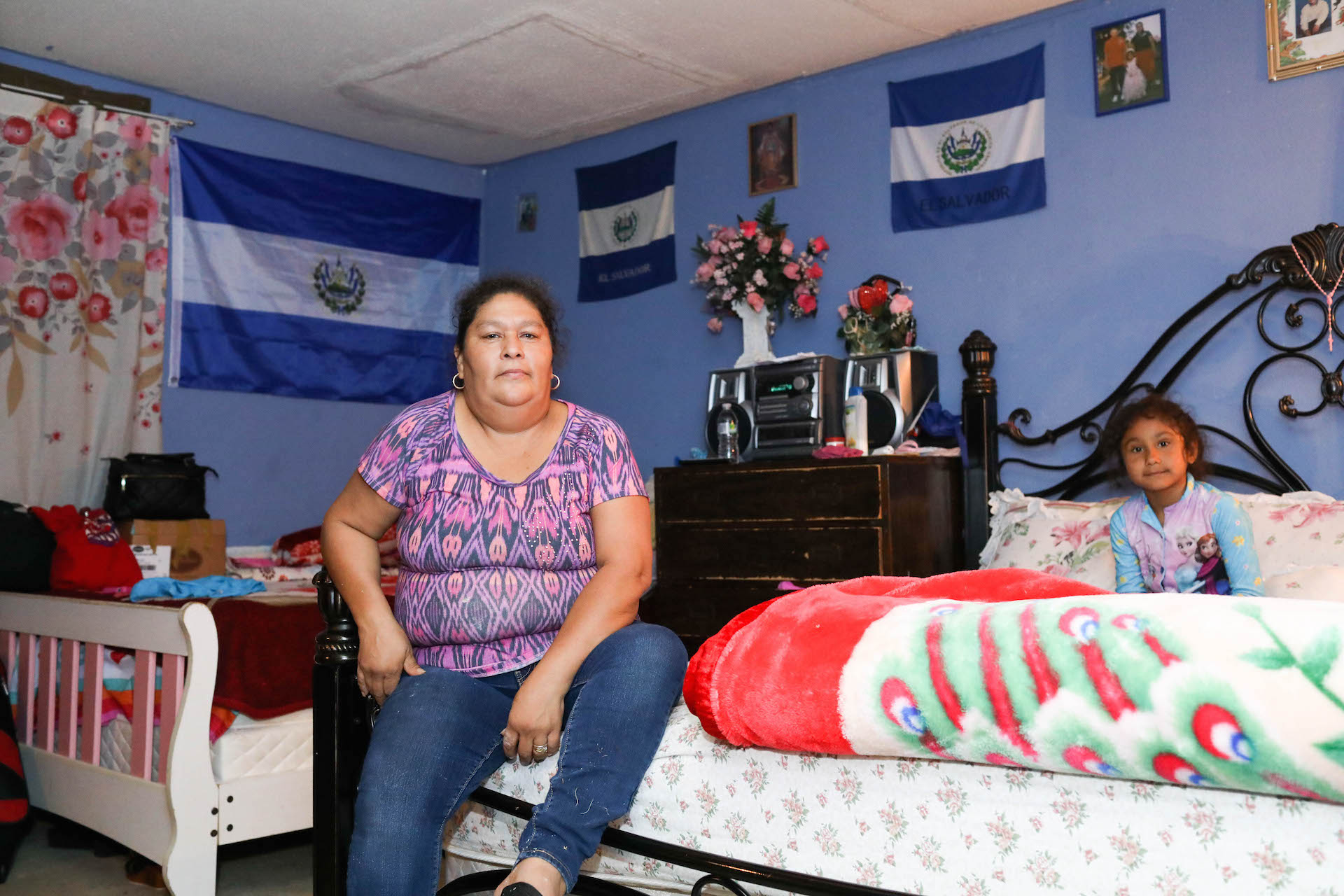
And the project is so necessary, because Central Americans hardly see images of themselves in the media. It’s why Alvarenga used to question her identity. “I used to identify as Chicanx, but often felt left out of the experience,” she says. “So all I was left with was an identity crisis. Growing up evangelical, I always questioned my Latinidad because I didn’t fit the mold of the Mexican Catholic girl living in the South. It wasn’t until I learned of the term Mexican hegemony that I began to understand why Central Americans are either misrepresented or aren’t represented for their distinct cultures.”
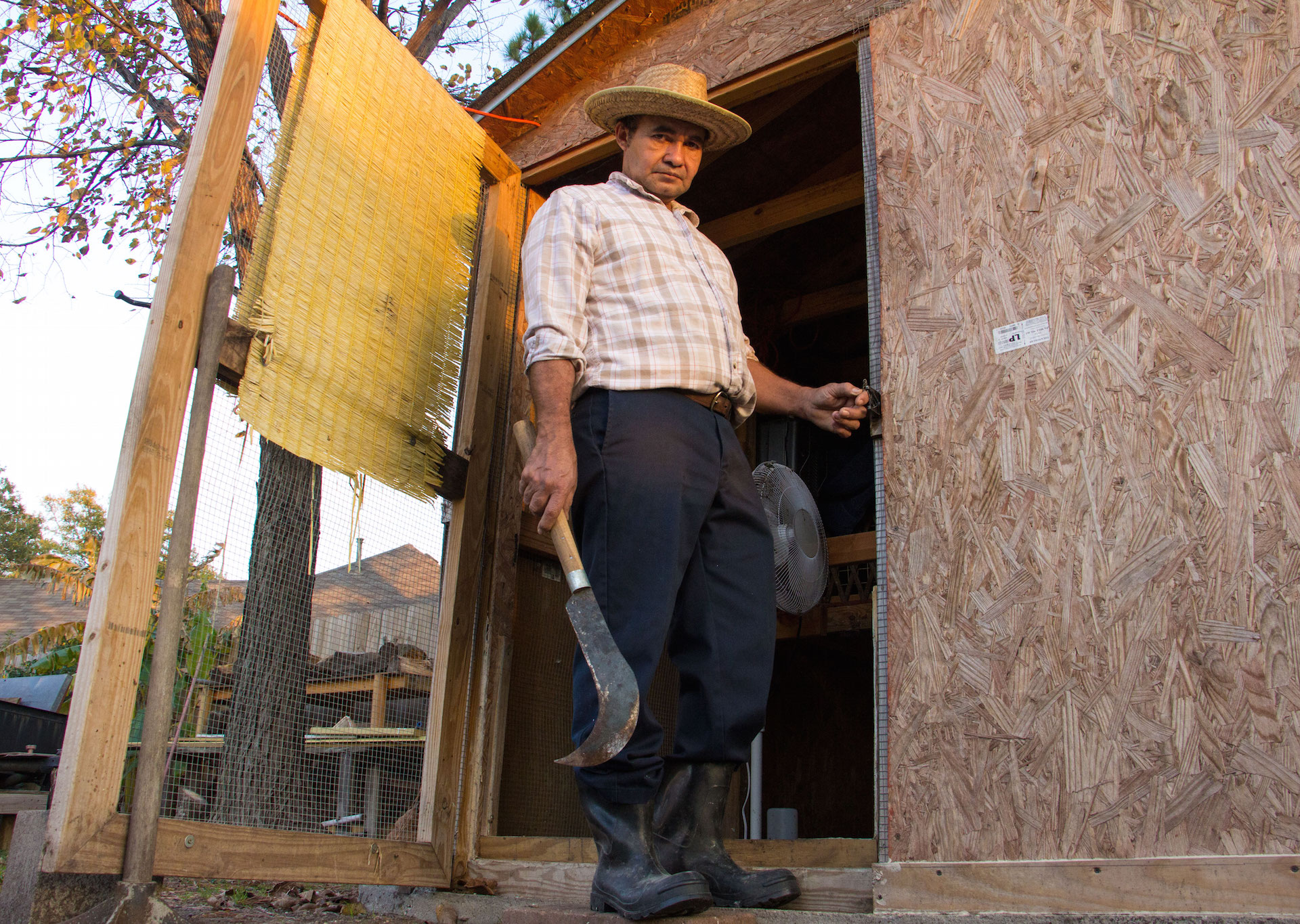
In recent years, the Central American population has swelled. 2000 to 2010 saw one of the biggest increases, and by 2015, there were about 3.3 million people living in the US with ties to El Salvador, Honduras, Nicaragua, Belize, Guatemala, Costa Rica, and Panama, according to Migration Policy. What hasn’t changed in those years is the lack of representation. Central American are either completely erased or portrayed as members of the notorious international Mara Salvatrucha (MS-13) street gang. The Trump Administration, in particular, has used the Central American immigrant community as a scapegoat for violent crime in the United States. And this community has also served as a punching bag for other issues over the years.
Central Americans hardly get to see themselves depicted in a positive light, but Alvarenga is attempting to tip the scales and show them as they truly are. Donate to Witness the Isthmus: Central Americans in Houston here.
Editor’s Note: Jessica Alvarenga is a Remezcla contributor.



